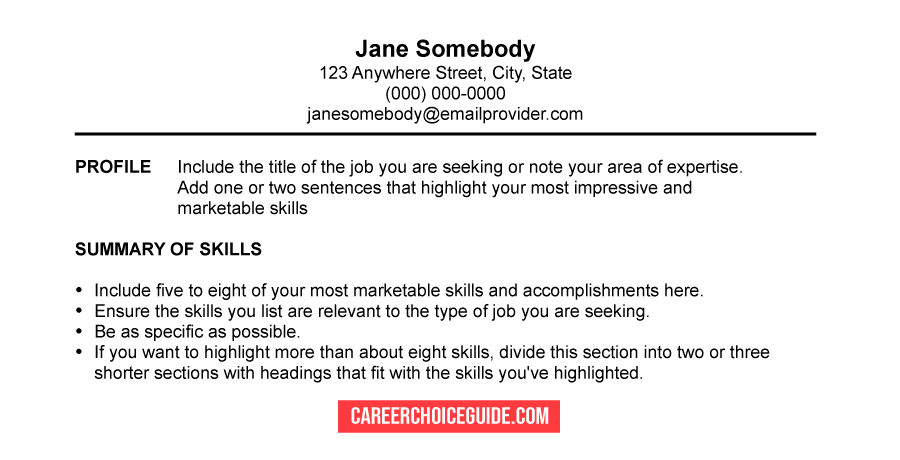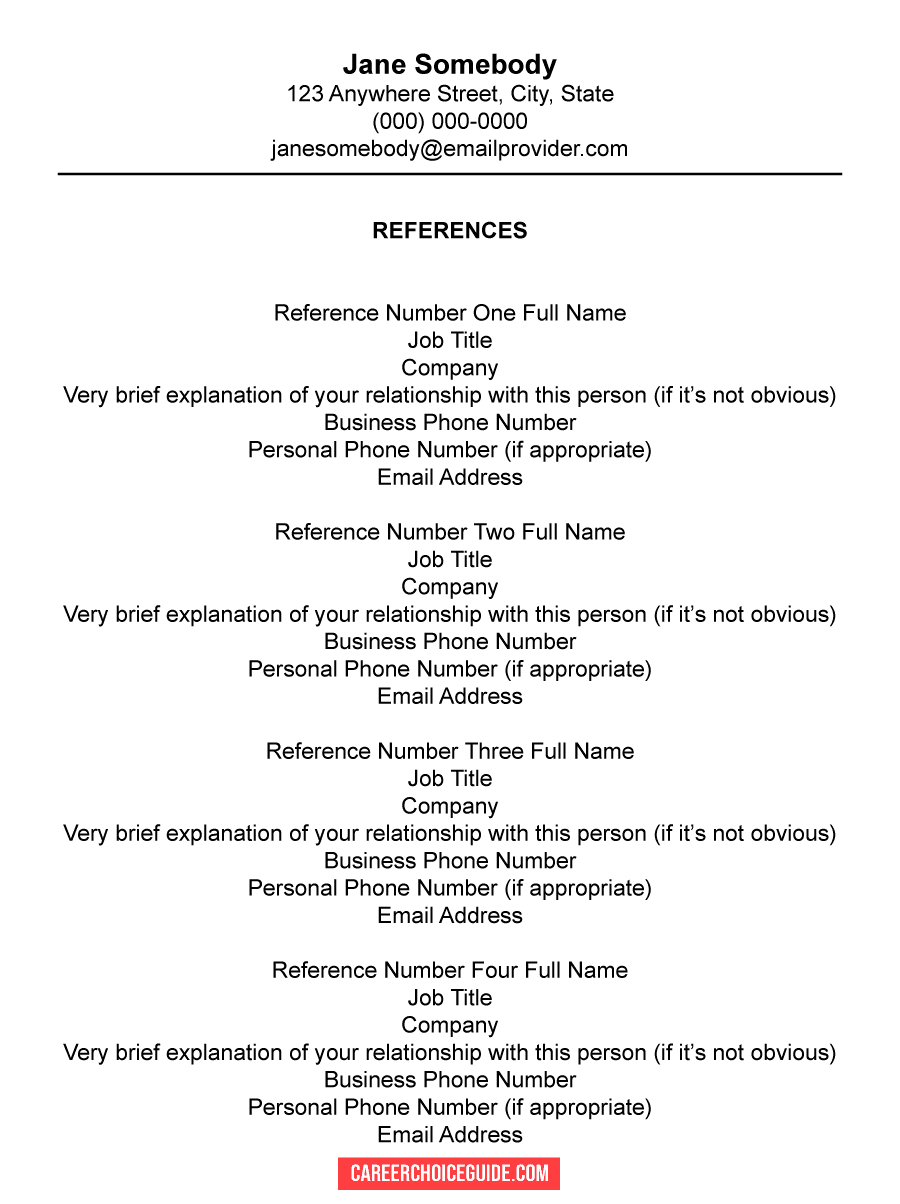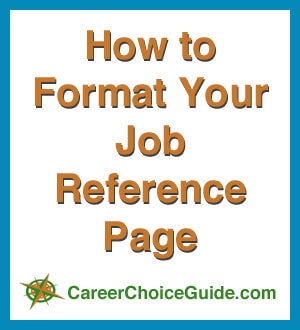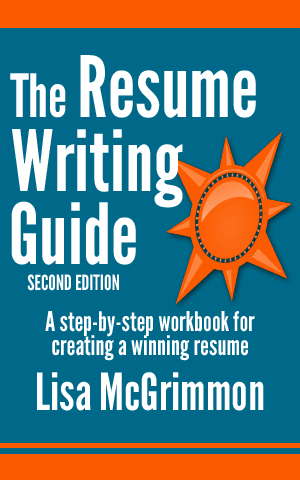Resume Reference Page Setup and Template
Format your resume reference page so it looks like a pulled-together, professional document with this simple trick. Plus, use this template to set up your own job references sheet, and get tips to ensure your contacts make a great impression when an employer calls.
How to Format Your Resume Reference Page
The best and easiest way to set up your job reference sheet is to simply match it to the structure of your resume.
What does that mean in practical terms?
- Use the same font you used on your resume.
- Be consistent with headlines. Keep them the same size and style as the headlines on your resume.
- Most Important - Ensure the header at the top of the page (where you put your name and contact information) matches with the header on your resume.
Example Reference Page Formatted to Match the Job Seeker's Resume
Start with your resume formatting.
Imagine your resume was structured like this sample resume for the made up job seeker Jane Somebody.

Notice the job seeker's name and contact information is formatted in a header that is centered on the page. The headings are bolded and in all capitals.
To created a set of job search documents that look like a pulled-together, professional package, you simply need to carry the same style through to your resume reference page.
Here's a Sample Job Reference Page Template
The example below shows our imaginary job seeker's reference page formatted to match with her resume.

Notice the job seeker's name and contact information on the reference sheet matches the resume exactly.
All of that text was simply copied from the resume and pasted into a new blank word processing file to create the heading for the reference page.
Also, the heading "References" is bold and in all capitals to match the resume headings, and the fonts are the same style and size on both documents (the fonts on the sample resume image look smaller only because I shrunk that image to make it fit better on this page).
I have centered the rest of the information on the page. This is a personal, stylistic choice. I feel the references' names and contact information look more balanced when they are centered on the page, but if you prefer the look of left justifying your information, that is fine, too.
What to Include on Your Resume Reference Page
Now you know how to set up your job reference sheet. But what information should be included on that page?
For each job reference, you should include the person's:
- name
- job title
- the name of the company where they work
- their business phone number
- their home or cell phone number (ask permission and only include this information if it is acceptable to the person)
- their email address
Additional information you can include on your reference page:
- how you know the person
- how long you have known the person
Including a brief description of the nature of your relationship with the reference can be helpful. For example, you could note someone was your supervisor at ABC Company, or the office manager at XYZ Company.
Adding this information is particularly helpful if the nature of your relationship is not obvious.
For example:
One of your references might be someone who was your direct supervisor at ABC Company for 8 years. You still work at ABC Company, but your reference has recently changed jobs and is now a manger at XYZ Company, where you have never worked.
If your job reference sheet indicates this person is a manager at XYZ Company, it won't be clear that person worked with you at ABC Company. If you add a line to that person's entry on your reference sheet to indicate they were your supervisor at ABC Company for 8 years, it will help clarify that relationship.
What's best to include on a job reference page - land lines or cell phone numbers?
You need to make it as easy as possible for employers to get in touch with your references. But you must also to balance that with the need to respect the preferences of the people who agree to provide a job reference for you.
With those considerations in mind, you may provide either land line numbers, or cell phone numbers, or a combination of both. Just be sure to ask your references which phone number(s) they prefer, and at which number can they be most easily reached.
Be sure to respect each person's preferences.
How to Organize Your List of Job References
Always start with your strongest reference first. That is, the person who you believe will be most helpful and most impressive when called should be the first person on your list.
Why list your best reference first?
Employers may not always call all of the people on your list, but they usually start at the top of the list and work down. In order to ensure they call the best person, that person should be at the top of the list.
Also, the first reference who is called will make the first impression and set the tone for the employer - Another good reason why you should put your strongest reference at the top of the list.
How Many Names Should I List on My Job Reference Sheet?
Most employers want to call three people. Therefore, ideally, you should provide at least four names on your resume reference page. That way, if the employer has difficulty contacting anyone, there will be an extra person on the list to contact.
If possible, be ready with extra references just in case.
Although most employers want to contact three people, if at all possible, you should be ready with six references when you're job searching.
That's right! It's not a typo.
I did just say that, in an ideal world, you'll have six people who are willing to provide a reference for you!
Different employers may want to talk with different types of people. If you have a variety of types of people willing to provide a reference for you, you'll be more prepared to provide any type of reference an employer might ask for.
Most employers will want to speak with professional references, that is, people you've worked with, but depending on your background, the hiring manager's preferences, and the type of job you're applying for, the employer may want to speak with a:
- direct supervisor
- coworker
- client or customer if that's appropriate in the type of work you do
- teacher if you're a student or recent graduate
- volunteer supervisor if you've done volunteer work that's relevant to the job
- placement supervisor if you've done a school placement that's relevant to the job
- personal reference who may be able to vouch for your character
- or other people in your profession or community who can speak about your character, skills and work ethic
I realize six sounds like an awful lot, and I know it's not always possible for all job seekers. Remember, this number is an ideal.
If you can't find six references, don't panic. Work to get a minimum of three people who will provide good job references for you.
Moving Forward
Now that you know how to complete your reference page, you may want to take a look at how to submit your resume reference page at a job interview.
OR
If you're not sure whether a former employer will say positive things about you, or your company has a policy of not providing job references, you may want to know more about how to handle these special situations.


